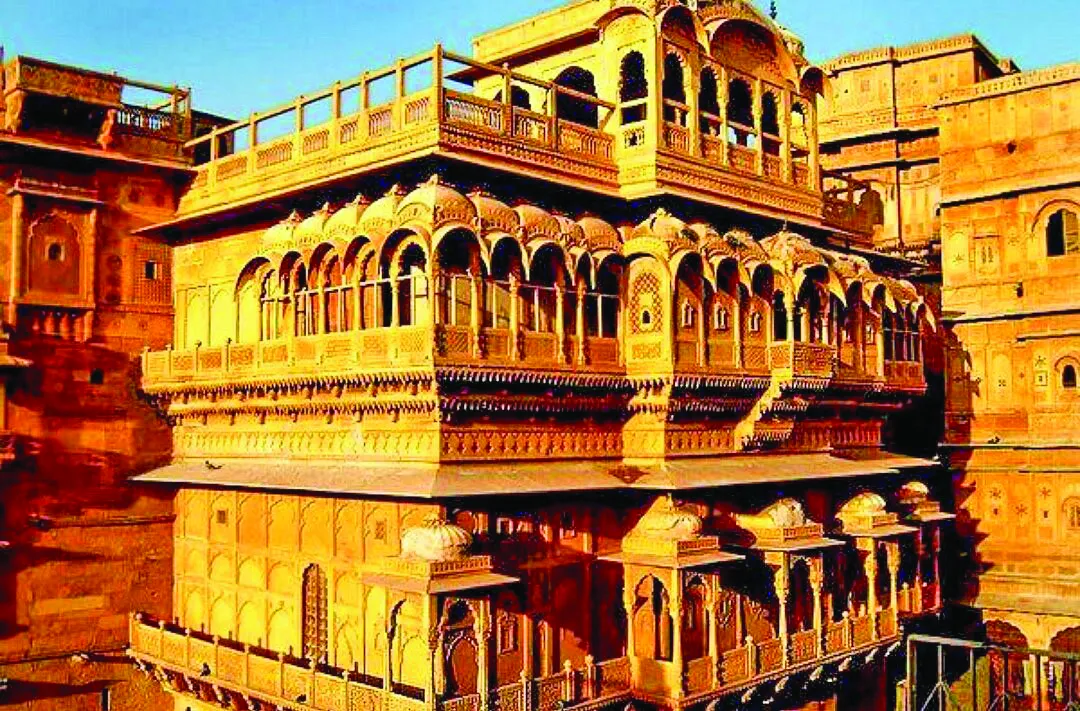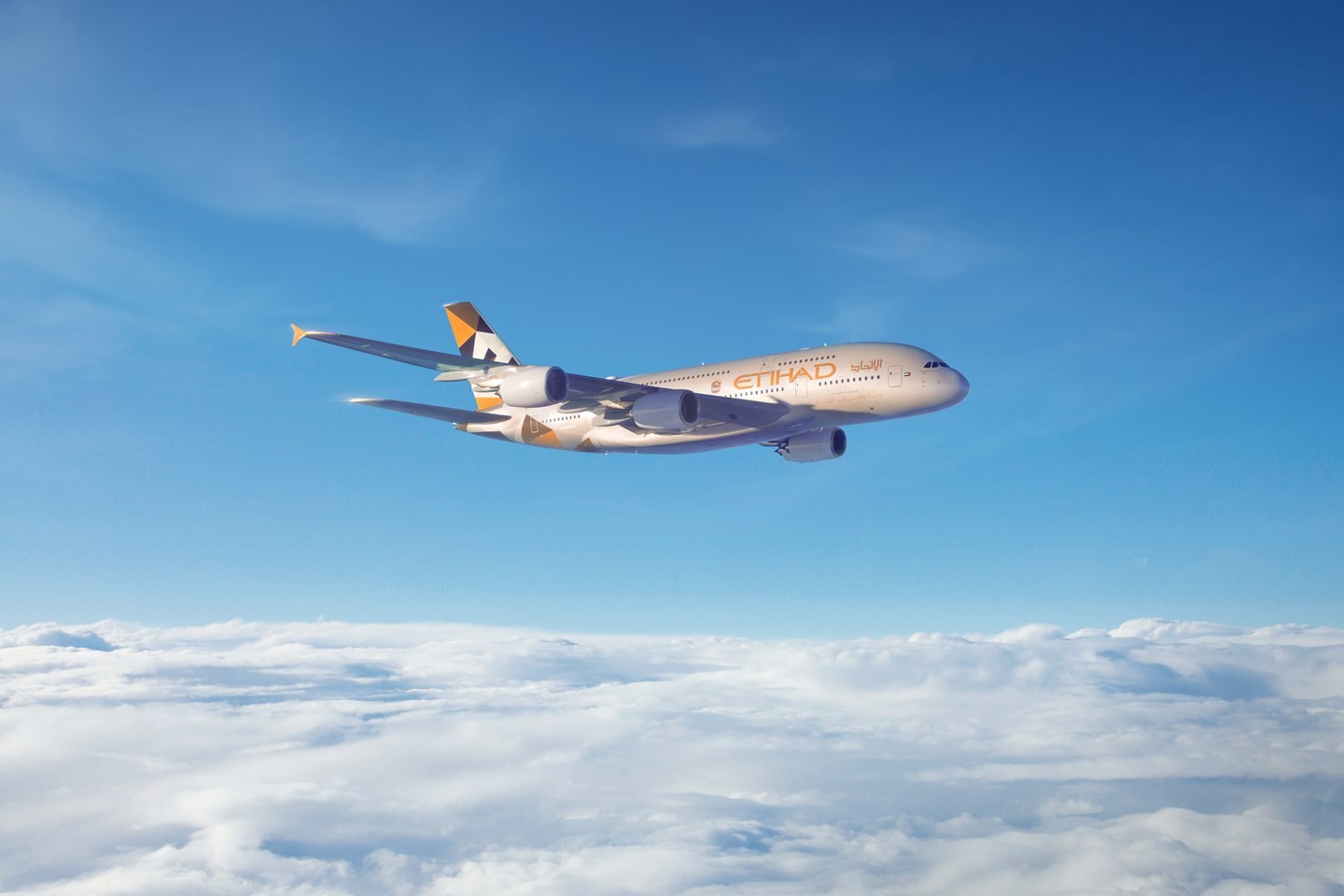Over the past hundred thousand years, our four-legged best friends have served mankind as its loyalist companions. Right from the ‘hunter-gatherer’ phase of our ancestors, pooches have evolved alongside humans, and are recorded amongst the first animal species that we domesticated. In colonial times, Britishers brought shiploads of diverse pedigreed breeds to the Indian shores to accompany them oceans away from their native soil. Their fancy was jointly imitated by the rajas, maharajas and the nawabs.
Soon enough, Kennel Clubs were established all over imperial India, including the respective kennel clubs of Hyderabad, Ootacamund, Mysore, Calcutta to name but a few. However, as India gained her independence, it was time for the Britishers and their beloved pooches to leave the country. At the time of leaving the country, many Englishmen were compelled to give them away for local adoption. Some even decided to euthanize their dogs, as they could not bear the idea of risking their pet’s abandonment once they departed.

The passion that the British rulers held for their four-legged family was by no means an alien concept amongst the Indian nobility. In her essay ‘Passion Royale for Pampering Pets’, Roshni Johar gives a fascinating account of the eccentricities involved in regal pet grooming. “The Maharaja of Junagadh owned 800 dogs, each with its own room, a telephone and a servant. A white-tiled hospital with a British vet, attended to their ailments. When a dog died, Chopin’s funeral march was played and a state mourning was declared.” To annoy the Raj whose airs and graces he resented,” the Maharaja of Junagadh had his liveried staff dress his dogs in formal evening suits, mount them on rickshaws and drive them on British summer capital Shimla’s fashionable Mall, writes Johar.
Similarly, Ann Morrow in her highly readable book “Highness, The Maharajas of India” writes that the women were infuriated, often feeling a dog’s breath on their pale powdered faces as the rickshaws jostled for space on the way to Cecil Hotel for a dance. “The Maharaja had a stormy meeting with the Viceroy and promised to keep his dogs locked away. He had to agree but waited until there was a ball at the Viceregal Lodge and ordered his servants to round up every crazed, lunatic pi dog in Simla. He set them loose in the grounds and was rewarded by the sound of horrified memsahibs shrieking like peacocks,” writes Ann. Taking this account into consideration, it is of no surprise that when the Maharaja migrated to Pakistan during the partition of 1947, he left behind many weeping wives so that his pampered canines could fly with him on his plane.
The regal association towards dogs was not contained within north India alone. The illustrious Paigarh family of Andhra Pradesh carries on their family tradition of dog-loving till date. Amongst them, the late Nawab Moin-Ud-Dowla Bahadur maintained a vast private zoo, filled with an entire plethora of dog breeds. It was particularly known for its hunting dogs. The late Maharaja of Charkhari’s wife was known to have eighty dogs, pedigreed and mongrels of all shapes and sizes. The erstwhile princess of Tripura, Maharani Jayati Devi lived with all her dogs in one compound and remembered the name of every dog she owned.
Roshni Johar unveils yet another amusing account in her essay, “While some intensely loved them, others hated them with equal candour. The Maharaja of Junagadh, Nawab Sir Mahabet Khan Rasul Khan invited Lord Irwin to grace the occasion of marriage of Roshanara with Bobby. But the Viceroy refused, understandably so. After all, Roshanara was the Maharaja’s favourite pet dog, while Bobby, a royal golden retriever, belonged to the Nawab of Mangrol, and Lord Irwin was in no mood to indulge the eccentric Maharaja in this unprecedented and frivolous pastime. Films and photographs were taken of this widely world-reported unique three-day event, where no less than Rs. 22,000 were spent. A number of ruling royals and dignitaries attended the marriage. Shampooed, perfumed, bejewelled and decked in brocade, Roshanara was carried in a silver palanquin to the Durbar Hall. Earlier 250 dogs attired in brocade, a military band and a guard of honour had received the groom Bobby, bedecked in gold bracelets and necklace, at the railway station. This had been followed by a grand wedding feast. After this, dog weddings were much in vogue among rulers in North India. Maharaja Ranbir Singh of Jind and Maharaja Bhupinder Singh of Patiala celebrated the weddings of their dogs in a pompous manner.”
These baffling eccentricities aside, dogs today have sustained an intimate relationship with mankind and continue to remain the exemplars of loyalty in the mammal world. Amongst the contemporary Rajput community, one would find very few houses without the presence of the family pooch. Be it the Jodhpur fox terriers, Axle- the Ajairajpura Doberman, Zara- the Gamph Alsatian Zara, Rajkot’s harlequin great Dane- Fundi, or her Khimsar-based cousin Khaleesi, each one of them descended from a diverse culture of hound-domestication and dog-loving. As the most widespread and probably the oldest domesticated animal, the dog lives up to its title, ‘a man’s best friend’.
With inputs from Bhumendra Pal Singh of Awagarh.























